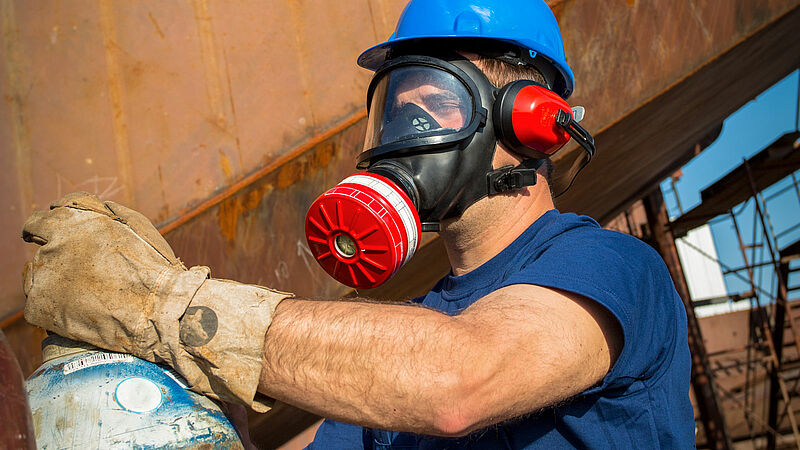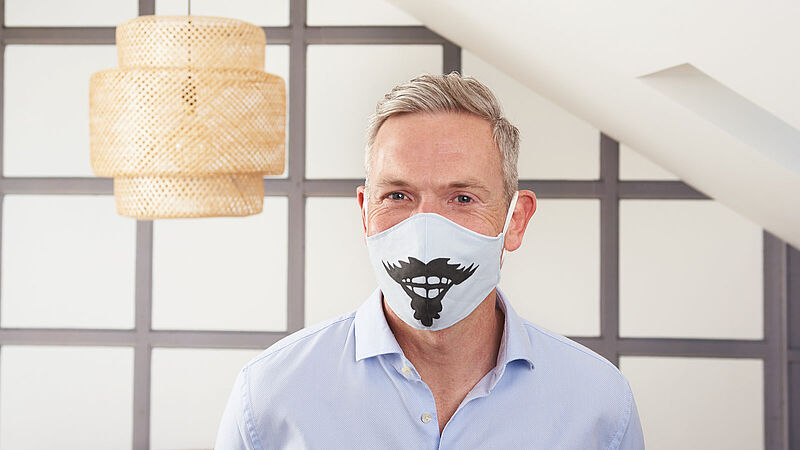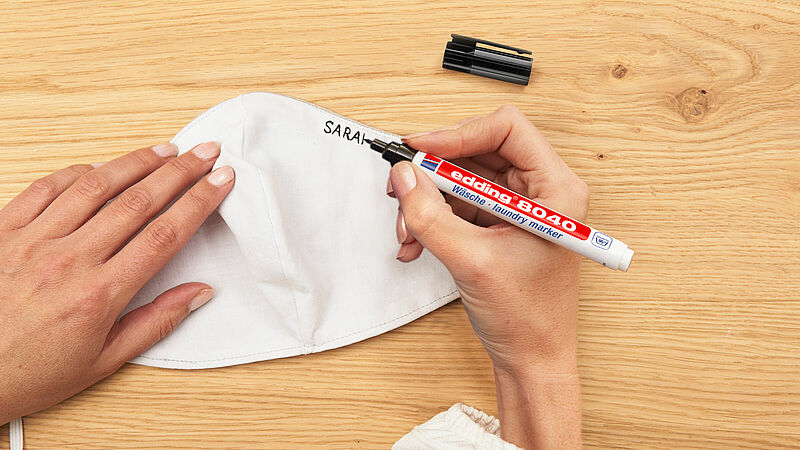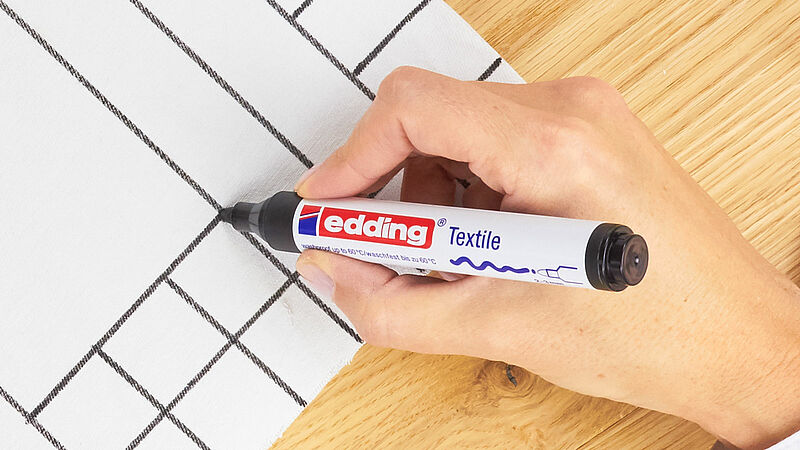What other types of masks are there besides the "FFP masks“ ?

Information about surgical masks
Surgical masks (mouth and nose protection masks, MNS) are medical half face masks consisting of several layers of paper or fleece. They are mainly used in the medical field or in nursing care and are primarily intended to protect the other person by preventing the spread of saliva or breathing droplets produced by the wearer.

Half face masks
Half face masks cover the lower half of the face and enclose the nose and mouth and exclude the eye area. The protective function of half face masks depends on the type of filter used, which can protect against various harmful substances. Particle or gas filters can be used which, unlike FFP masks, can also provide protection against gases and vapours. They are often worn in combination with other protective equipment (e.g. safety glasses).

Full face masks
Unlike half face masks, full face masks cover the entire face including the eye area and have a visor. The sealing line runs across the forehead, cheeks and under the chin. They are reusable and can be combined with particle filters, gas filters or combination filters. Due to the tight seal, they can be used in an environment with a higher concentration of harmful substances and offer protection for the entire face.

Cloth face masks for all industries
Cloth face masks (community masks, DIY masks, mouth and nose coverings) are sewn from standard fabrics (mostly cotton) and worn in everyday life. They provide a certain protective function against larger droplets and are intended to prevent the mucous membranes of the mouth and nose from coming into contact with contaminated hands. As soon as the worn mask is soaked through, it should be replaced and then washed at minimum 60°C degrees. FFP masks and surgical masks made of cellulose should not be washed, as the filtering efficiency would otherwise decrease significantly. These everyday masks can also be decorated with custom motifs thanks to the edding 4500 textile marker. For tips and inspiration on how to do this click here .

Mark your mask
As a result of the Covid-19 pandemic, wearing a mask in the workplace is one of the new safety rules that many companies have implemented to protect their employees and prevent the spread of the Covid-19 virus at work. Even those who previously had no direct contact with substances that are harmful to health must now wear a face mask. It depends on the company whether it has to be a cloth face mask, mouth and nose protection or an FFP mask.
In order to avoid mix-ups and to ensure that everyone wears only their own mask, it is important to be able to distinguish between the masks. This must also be observed for hygiene reasons, as disinfection is not possible (see no. 3.2.8.1 of the German Social Accident Insurance (DGUV) regulation 112-190). With the edding 8040 laundry marker, for example, the wearer’s initials can be written on the mask to ensure additional safety.
The masks can be marked in three different ways with the wearer’s initials or name (please note the manufacturer's instructions). The marking can be added:
- on the retaining strap
- on the plastic valve (if present)
- on a small piece of plaster (e.g. Leukosilk) with an abbreviated name which is then stuck on the outside of the mask
It is recommended to mark everyday masks, reusable FFP masks (marked “R”) and non-reusable FFP masks (marked “NR”, but they still have to be put on and taken off several times within one shift). The front and back of everyday masks are often indistinguishable, so marking one side may prevent the previously worn and potentially contaminated side from being put on the mouth later.
The Robert Koch Institute also recommends labelling so that used masks can be clearly assigned to one person to prevent them being worn by other people. So a small mark with the edding 8040 laundry marker can make a considerable difference to safety in the workplace.
More interesting topics to read about

edding 8040 laundry marker
The markings are wash-resistant up to 95°C and are permanent on almost all textiles, as well as being gentle on natural and synthetic materials. The fine nib enables individual and precise labelling, even when space is limited. The mask is best washed at a temperature of up to 95°C before using. FFP masks and surgical masks made of cellulose should not be washed, as the filtering efficiency would otherwise decrease significantly.

edding 4500 textile marker
Almost all light-coloured textiles can be decorated in 20 different colours using the edding 4500. The water-based pigment ink is odourless, quick-drying and extremely lightfast. After fixing with an iron (without steam), the ink is washable up to 60°C and the mask should be washed at this temperature before the first usage. FFP masks and surgical masks made of cellulose should not be washed, as the filtering efficiency would otherwise decrease significantly.
